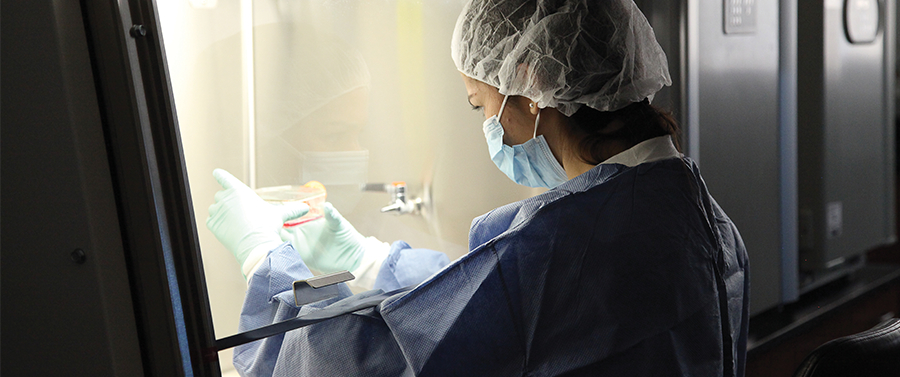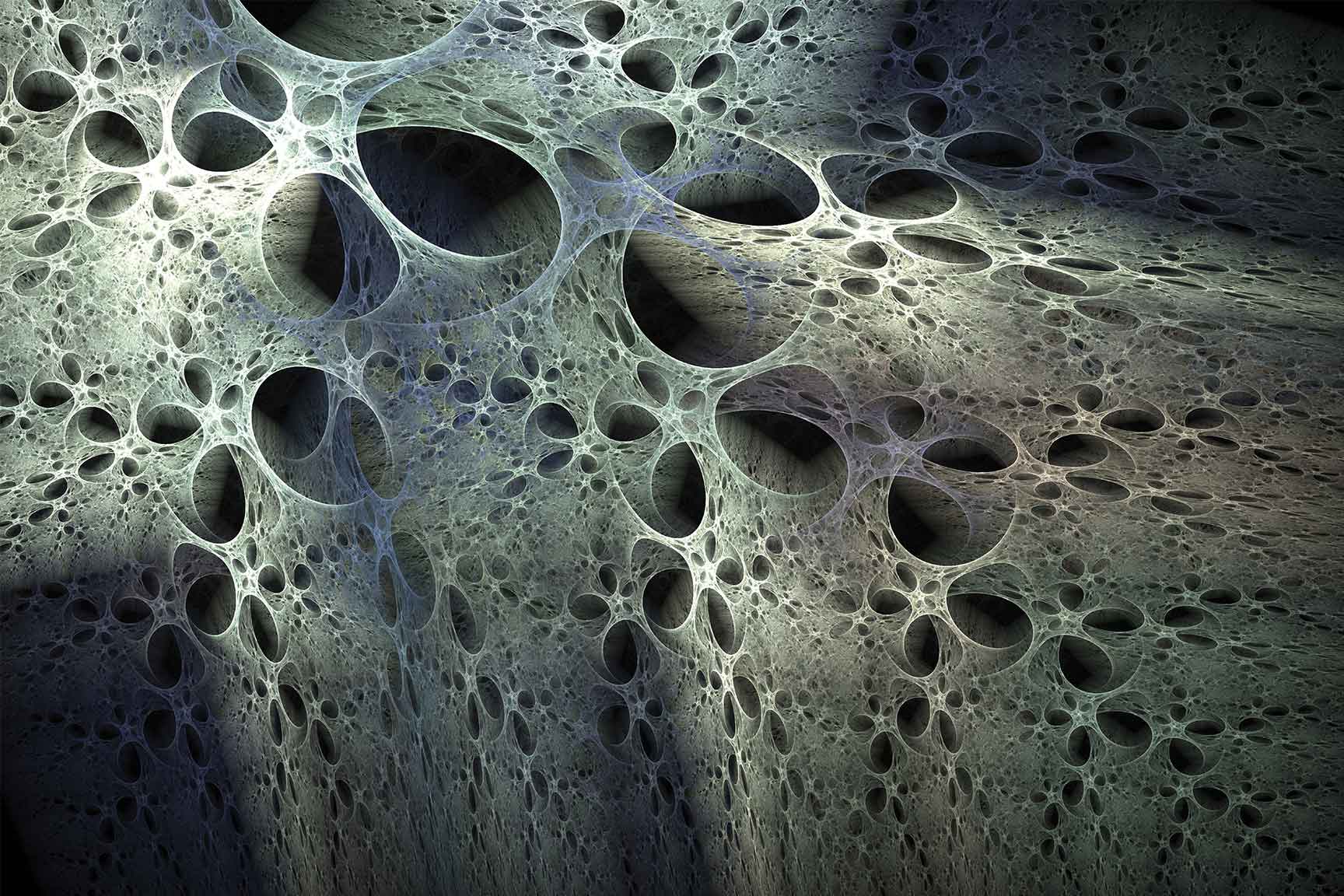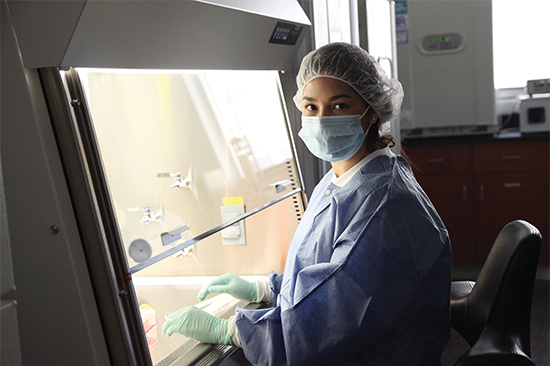


Casts, pins, screws, and even metal rods can help broken bones become whole again. But what happens when whole sections of bone are destroyed? What can doctors do in cases of severe combat trauma when there is just too little bone left to put it back together again?
Researchers at UTSA’s College of Engineering are developing novel solutions to that problem. But it’s not just the research that’s exceptional; so are the researchers, including undergraduate engineering student Marissa Wechsler.
Wechsler, a San Antonio native, joined UTSA in 2010 as a mechanical engineering major and a first-generation college student. Unlike most freshmen who spend their first semester adjusting to college life, Wechsler immediately began looking for research opportunities.

“Engineering is a difficult field and I wanted to be well prepared,” Wechsler said. “For my freshman seminar course, I took Just-in-time math, which allowed me to get a head start on all the math classes I would take in engineering. In that course, Brandy Alger was my mentor and she introduced me to UTSA’s MBRS-RISE program (Minority Biomedical Research Support-Research Initiative for Scientific Enhancement).”
The MRBS programs are federally funded and increase the number of underrepresented faculty, students, and investigators who are performing research in the biomedical sciences. Even though Wechsler was a mechanical engineer, she knew her skills could be applied to the biomedical field, which is her true passion.
With little engineering experience under her belt, Wechsler was accepted as an undergrad researcher and her first tasks were learning laboratory protocols and techniques. With the guidance of Dr. Rena Bizios and some graduate students, Wechsler began work on her own project over the summer.
“My first real research project examined the effects of alternating electric current on the proliferation of human osteoblasts (the bone forming cells). I wanted to see how the alternating current affected the cells and if it caused more of them to grow. It turns out the current didn’t change anything,” Wechsler explained.
Even though the results of her initial experiments weren’t what she’d expected, Wechsler was eager to continue her bone-engineering research. By the time her next semester began, UTSA had created a biomedical engineering program for undergraduates, allowing Wechsler to change majors while still working with Bizios.
Wechsler expanded her research beyond osteoblasts to examine the effects of alternating current on human mesenchymal stem cells. These adult stem cells form one of three types of cell: osteoblasts, chondrocytes (cartilage cells), and adipocytes (fat cells). Wechsler hoped the electric current could induce stem cell differentiation into the osteoblast phenotype.
“It is really interesting working with stem cells, because they can become a variety of cell types. For applications such as tissue regeneration, stem cell research is really the hot topic in biomedical engineering.
“I didn’t come into research wanting to work with a specific tissue type,” Wechsler went on to say. “I just knew I wanted to work with something on a cellular level or with tissue. Working with bone is interesting because we know that bones have regenerative capabilities. But if you are missing a section of bone, then the bone won’t regenerate, and it is important to figure out how we can fill that void.”
A custom-made laboratory set-up was used to expose the stem cells to alternating electric current for either three or six hours daily for up to 21 consecutive days. The current delivered to the cells varied in frequency and micro-amps during the course of the experiment. And unlike her initial research with osteoblasts, the results from her new experiment were promising. The results provided evidence that introducing alternating current into human mesenchymal cells, induces them to differentiate into osteoblasts based on their gene expression.
“The results of this research are looking good,” Wechsler explained. “Soon we might be able to re-grow sections of bone by using what our bodies naturally provide. If you’re missing a chunk of bone, for example, I can take your stem cells, push them into becoming bone cells, re-introduce them into your body, and hopefully regenerate the lost bone material. Can you imagine what that would mean for trauma victims?”
By allowing undergraduate students to conduct research, UTSA is paving the way for life-altering advancements. Not only does research lead to innovative ways for problem solving, but it also allows undergraduates to broaden their views on academia.
“I didn’t really know anything about getting a Ph.D.; conducting research as an undergrad really confirmed that I wanted to earn a higher degree. I think if undergrads plan on pursuing a higher degree it is important for them to do research. The training in the lab is completely different than what’s in the classroom. Also, you don’t need to be an A+ student to be a great researcher. Research experiences allow students to get a better understanding of themselves and what they enjoy, along with what they are good at.”
—Randy Lankford